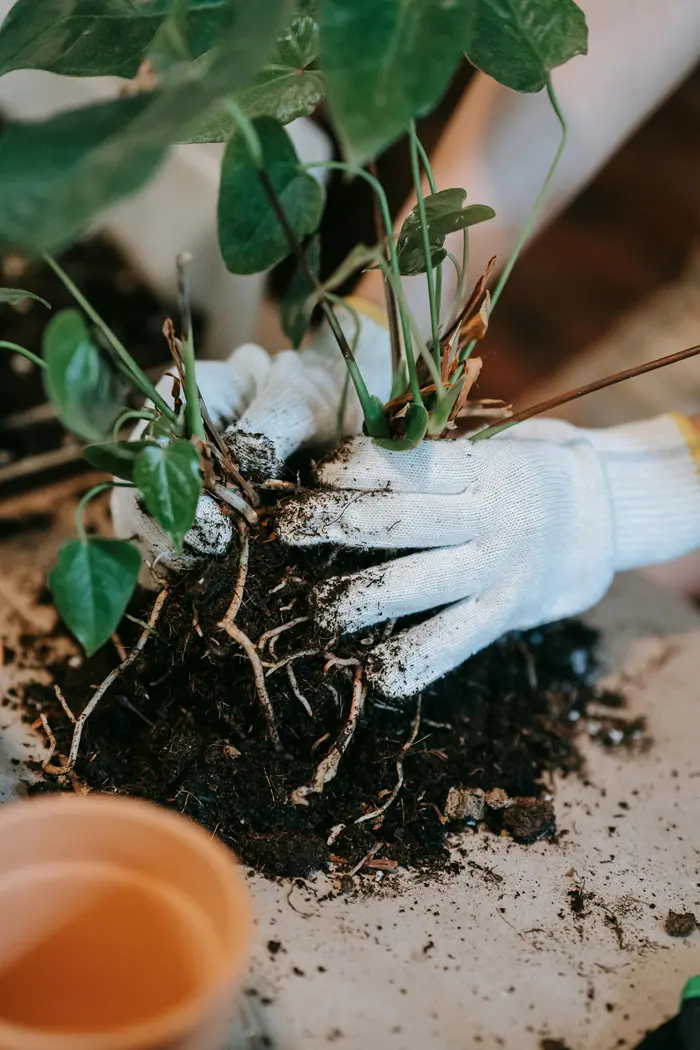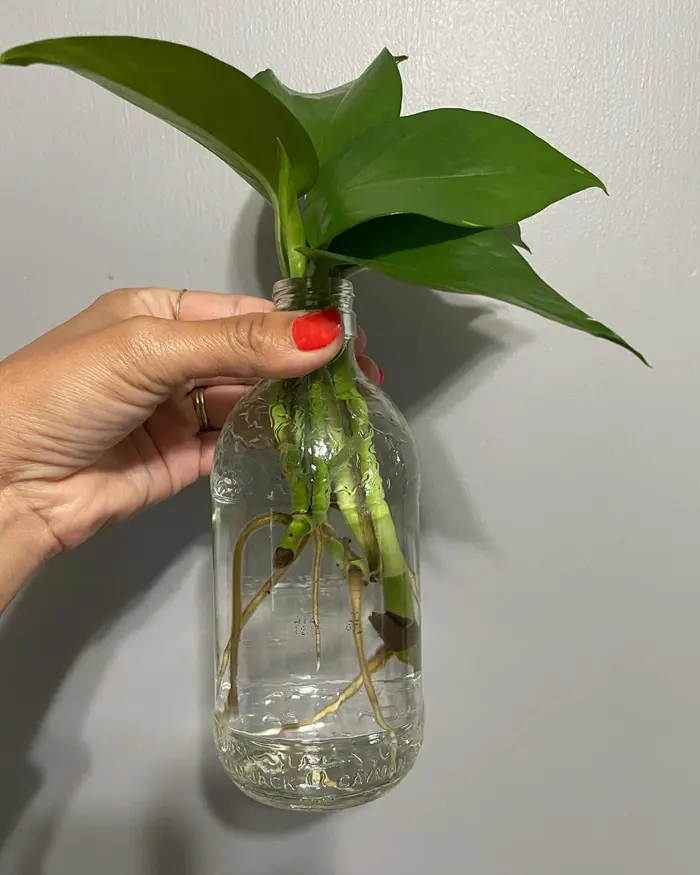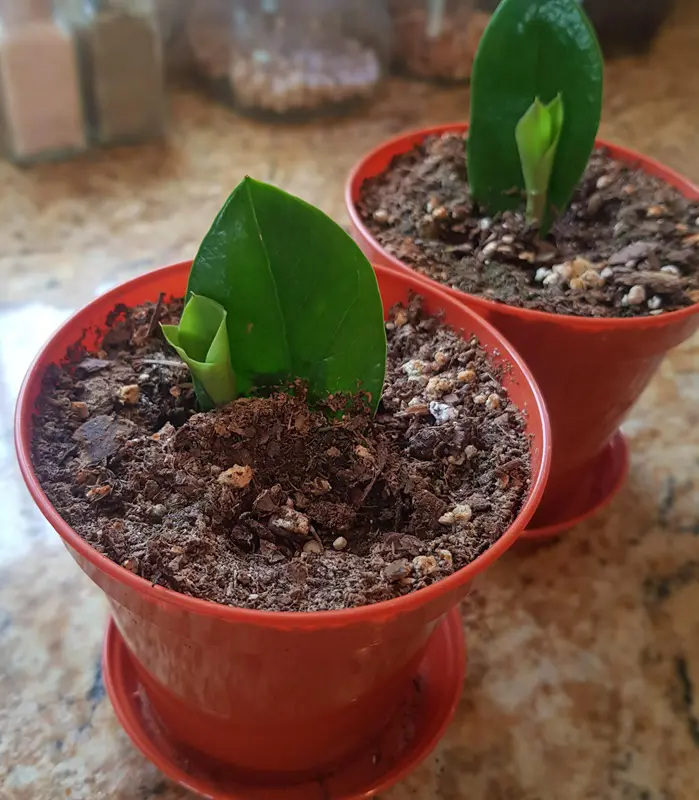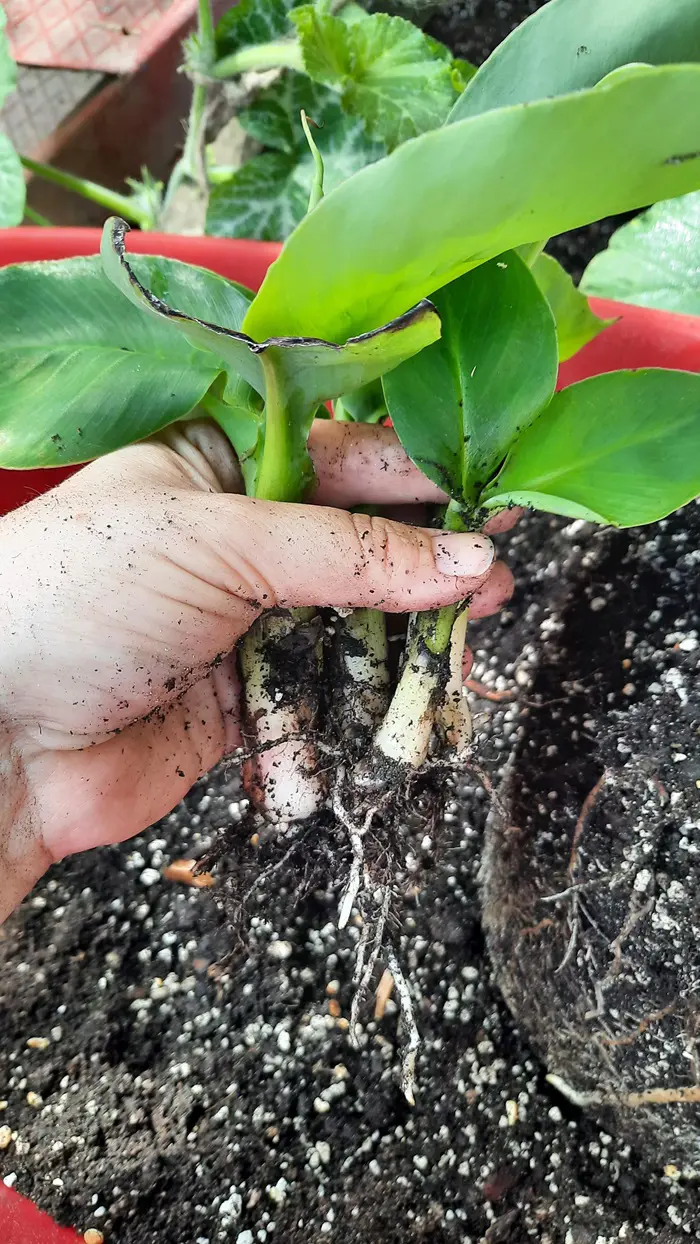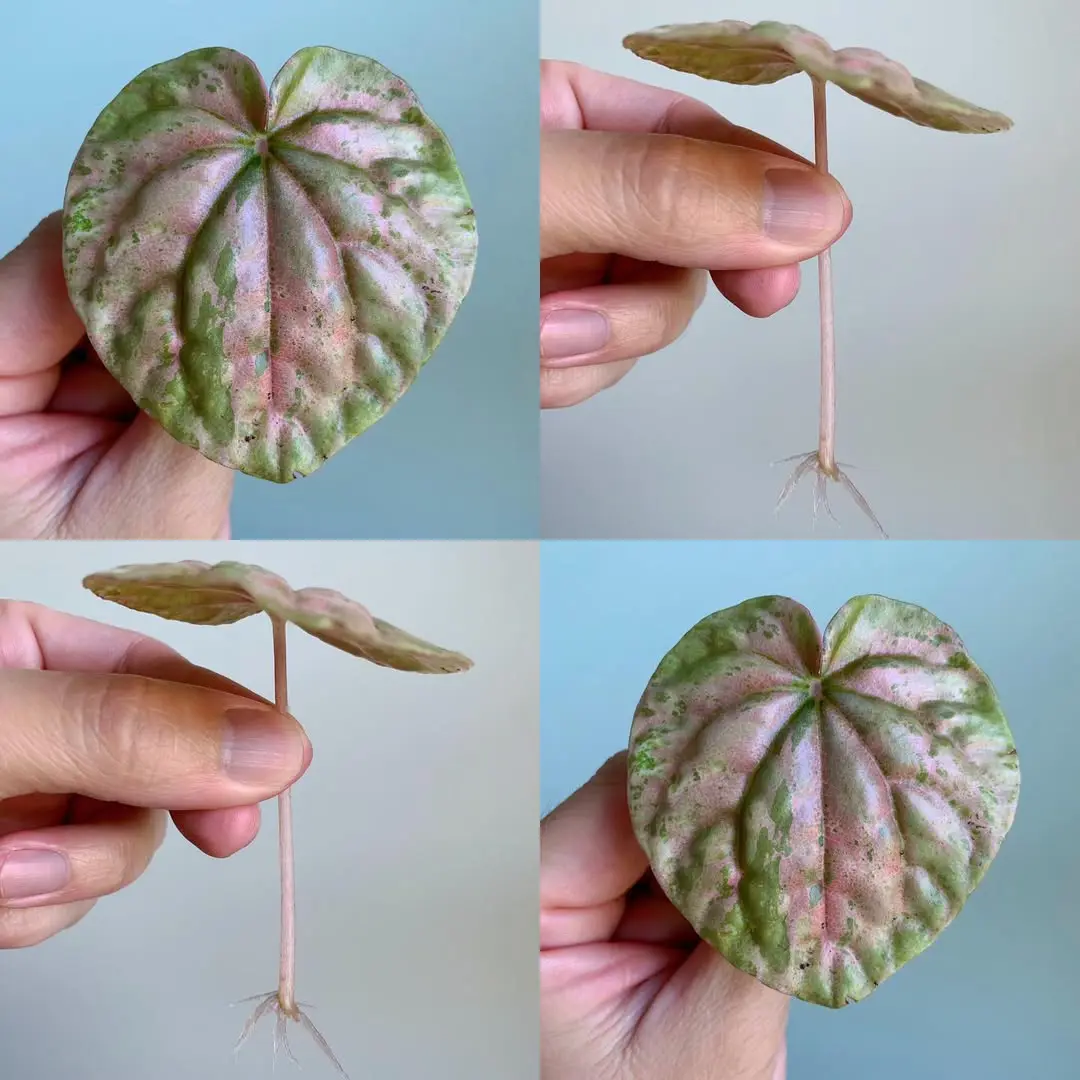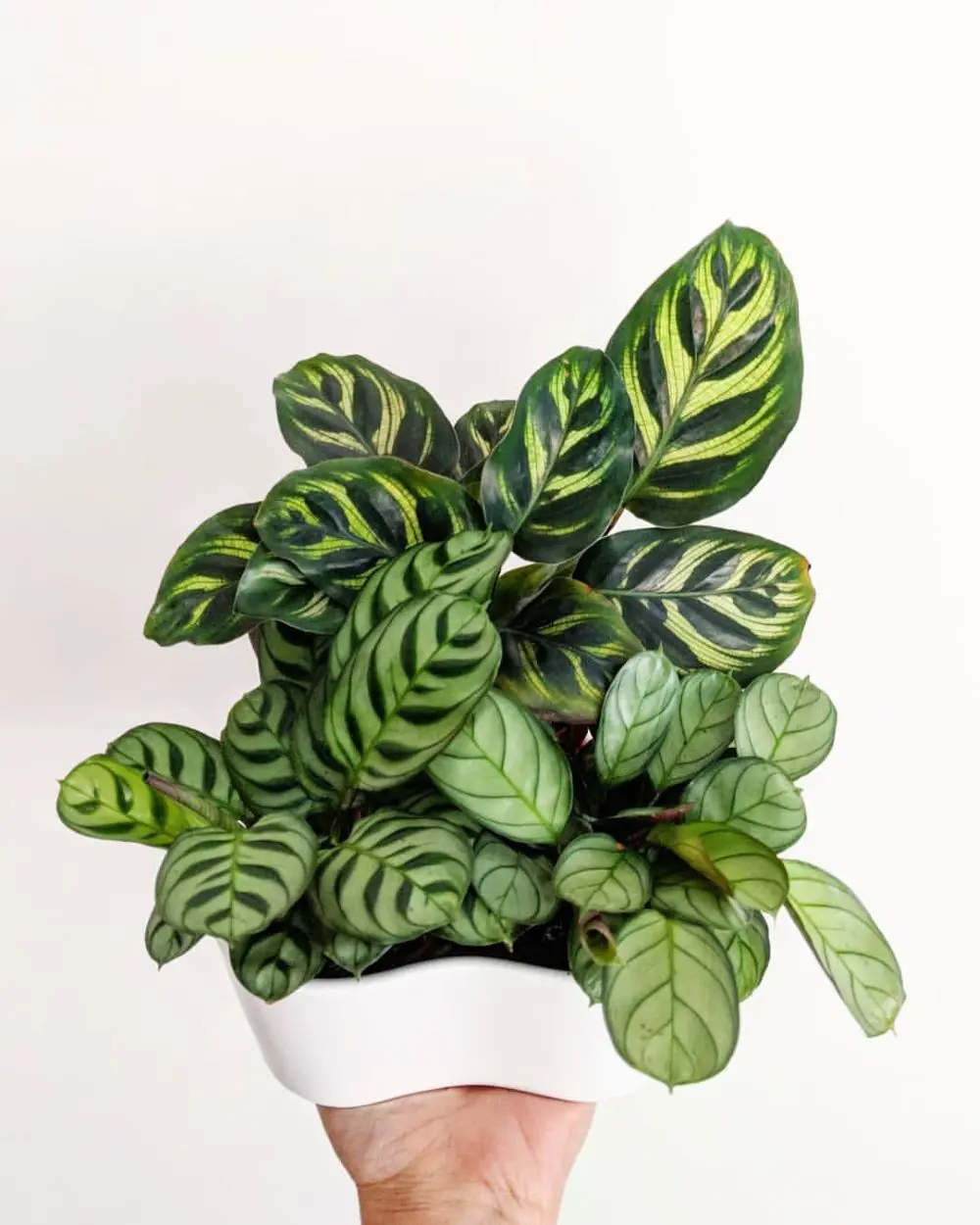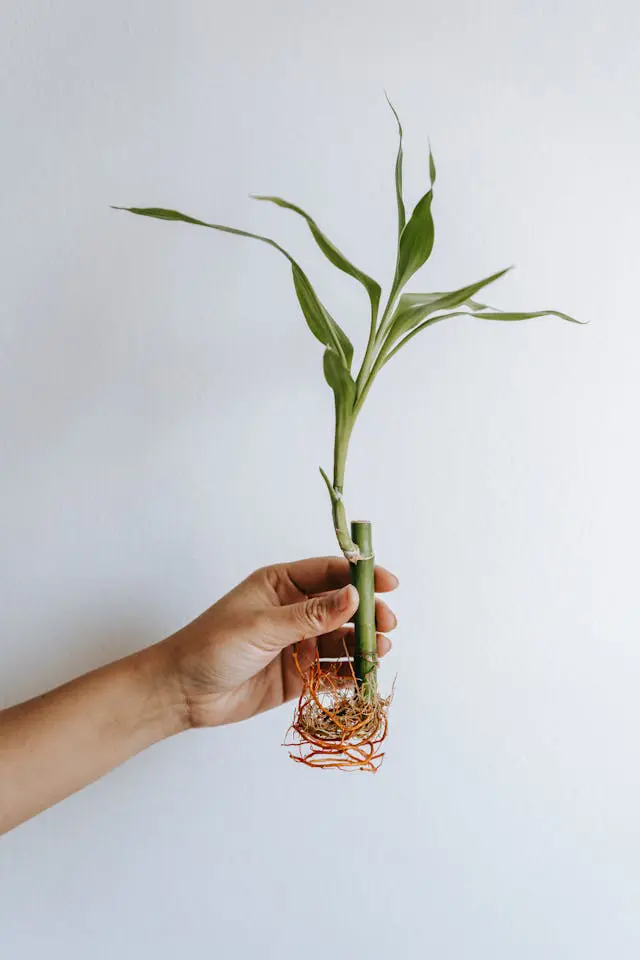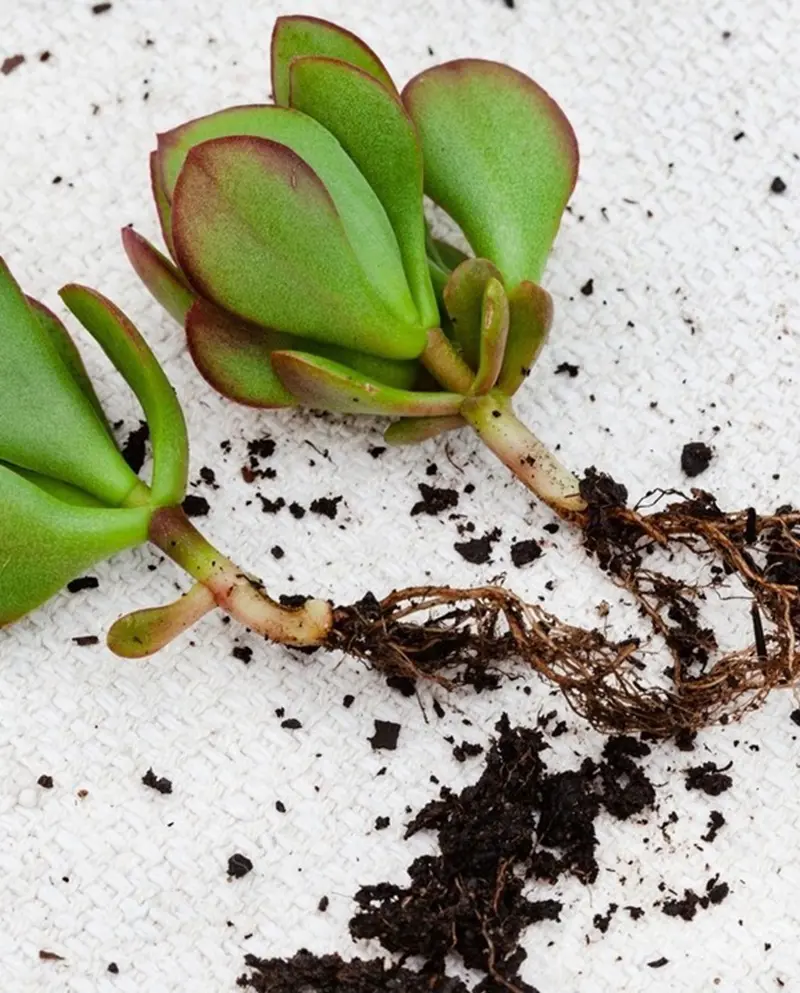What is Plant Propagation?
Before we look at the propagation methods, it is vital to understand what plant propagation is. Every new gardener must grasp this concept to understand an integral element of plant care.
Plant propagation is the process of creating new plants from a variety of sources such as seeds, cuttings, bulbs, and other plant parts. It is practiced both in natural ecosystems and agricultural settings.
Generally, plant propagation is divided into two types, i.e. sexual and asexual.
Sexual Propagation
Sexual propagation is nature's way of producing new plants. This propagation type mimics nature, using seeds that result from the fusion of pollen and egg.
These seeds will grow into new plants with unique characteristics. They usually lead to the creation of genetically diverse offspring.
Pollination is an important factor for the sexual method. The pollen travels from the male's stamen to the female's pistil, resulting in fertilization. This pollen transfer may happen through wind, insects, or by giving a little nudge yourself.
Asexual Propagation
Asexual propagation is another type of propagation that involves man-made techniques like layering, cuttings, division, and tissue culture. These techniques produce clones of the parent plant, ensuring identical characteristics.
Performing asexual methods are valuable for preserving the traits of the parent plant. They are also good for those plants that do not produce viable seeds.
Both these propagating methods ensure consistency in plant quality as well as boost the production process compared to traditional growth from scratch with a seed.
